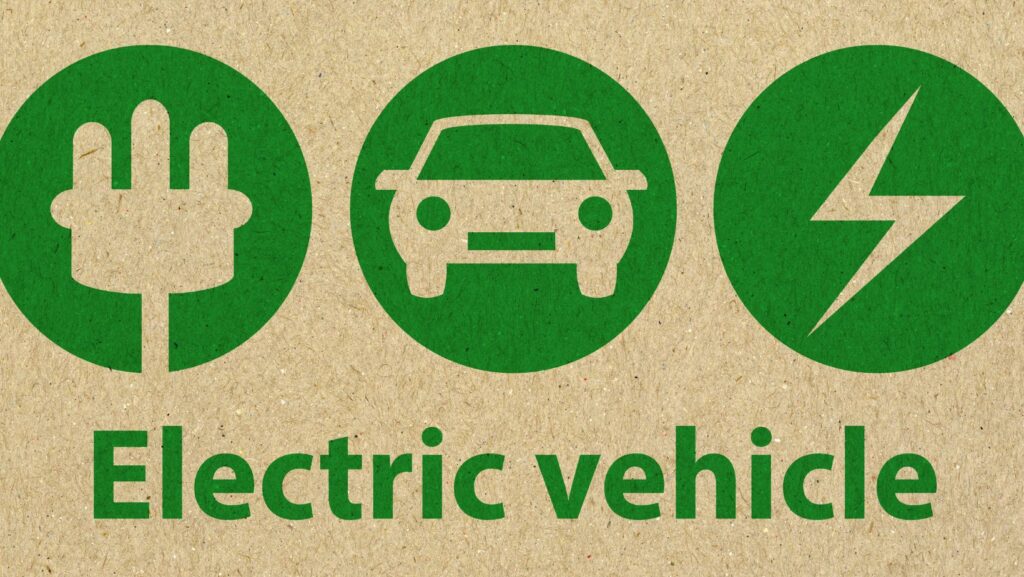Australia’s rural heartland is the backbone of the nation’s agricultural industry. From vast sheep stations to expansive wheat farms, the demands of modern agriculture are evolving. Traditional farming methods are giving way to innovative solutions, and among these, the electric utility vehicle (EUV) is emerging as a game-changer. Let’s explore how the electric utility vehicle is transforming agricultural operations in rural Australia, enhancing efficiency, sustainability, and profitability.
Boosting Efficiency in the Field
Electric utility vehicles are designed to meet the rigorous demands of agricultural work. Their robust build and versatile functionality make them ideal for a variety of tasks, from transporting feed and equipment to towing and hauling. Unlike traditional vehicles, EUVs offer precise control and torque, making them perfect for navigating uneven terrain and performing intricate farming tasks.
One of the standout benefits is the reduction in downtime. EUVs are equipped with advanced batteries that provide extended operational periods. With the capability to quickly recharge during off-peak hours or overnight, farmers can maintain continuous operations without the frequent refueling stops required by diesel or petrol vehicles. This efficiency translates to more productive hours in the field and less time and money spent on fuel logistics.
Environmental Sustainability
Sustainability is no longer just a buzzword in agriculture; it’s a necessity. Electric utility vehicles contribute significantly to reducing the environmental footprint of farming operations. Unlike their internal combustion counterparts, EUVs produce zero emissions, helping to lower the overall carbon footprint of agricultural activities. This is particularly important in rural areas where air quality and environmental health are paramount.
Additionally, electric utility vehicles operate quietly, reducing noise pollution on farms. This not only creates a more pleasant working environment but also minimizes the disturbance to livestock and wildlife. The quieter operation of EUVs can lead to less stress among animals, potentially improving their health and productivity.
Cost-Effective Operations
While the initial investment in electric utility vehicles might be higher than traditional vehicles, the long-term savings are substantial. EUVs have fewer moving parts, which means lower maintenance costs. There’s no need for oil changes, exhaust system repairs, or complex engine maintenance. Electric motors are also more reliable and durable, leading to reduced downtime and fewer repairs.

Energy costs for operating EUVs are significantly lower compared to fuel costs for diesel or petrol vehicles. As the cost of electricity continues to be more stable and often lower than fossil fuels, farmers can enjoy predictable and lower operational costs. Moreover, with the increasing availability of renewable energy sources like solar and wind, farms can even produce their own electricity to power their vehicles, further reducing expenses.
Enhancing Precision Agriculture
Electric utility vehicles are at the forefront of precision agriculture, a farming management concept based on observing, measuring, and responding to variability in crops. EUVs can be integrated with advanced technologies such as GPS, sensors, and data analytics tools. These technologies enable farmers to monitor crop health, soil conditions, and weather patterns with unprecedented accuracy.
For instance, EUVs equipped with precision spraying systems can apply fertilizers and pesticides more accurately, reducing waste and ensuring that crops receive the optimal amount of nutrients and protection. This not only boosts crop yields but also minimizes the environmental impact of chemical usage.
Supporting Remote and Off-Grid Farming
Many of Australia’s rural farms are located in remote areas, far from urban centers and infrastructure. Electric utility vehicles are particularly advantageous in these settings. With the ability to charge via portable solar panels or other renewable energy sources, EUVs provide a reliable and sustainable transportation solution even in off-grid locations.

This independence from fossil fuels and reliance on locally generated renewable energy ensures that farming operations can continue smoothly regardless of fuel availability or price fluctuations. For farmers in remote areas, this can mean the difference between operational continuity and costly disruptions.
Future-Proofing Agricultural Operations
As global markets and regulations increasingly favour sustainable practices, adopting electric utility vehicles positions farmers ahead of the curve. Customers and consumers are becoming more conscious of the environmental impact of their food sources, and agricultural producers who can demonstrate their commitment to sustainability have a competitive advantage.
Government incentives and subsidies for electric vehicles also make the transition more financially viable. By investing in EUVs, farmers can take advantage of these programs and reduce the financial burden of upgrading their fleets.
Conclusion
The integration of the electric utility vehicle into agricultural operations in rural Australia is more than a technological upgrade; it’s a strategic move towards a more efficient, sustainable, and profitable future. With its numerous benefits, from cost savings and environmental sustainability to enhanced precision and independence, the EUV is set to revolutionize the way Australian farmers work and thrive. As the agricultural landscape continues to evolve, embracing the electric utility vehicle will ensure that Australia’s rural heartland remains robust and resilient.

